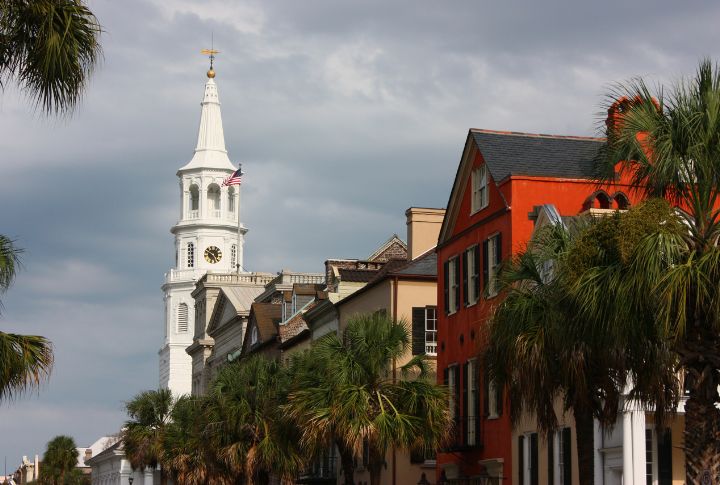
In two of the South’s most storied cities, grand facades and hidden pasts create a world where every mansion has a tale to tell. Behind these doors, splendor awaits. So, get ready as we explore Charleston’s architectural gems, followed by Savannah’s timeless masterpieces that refuse to be outshined.
Miles Brewton House
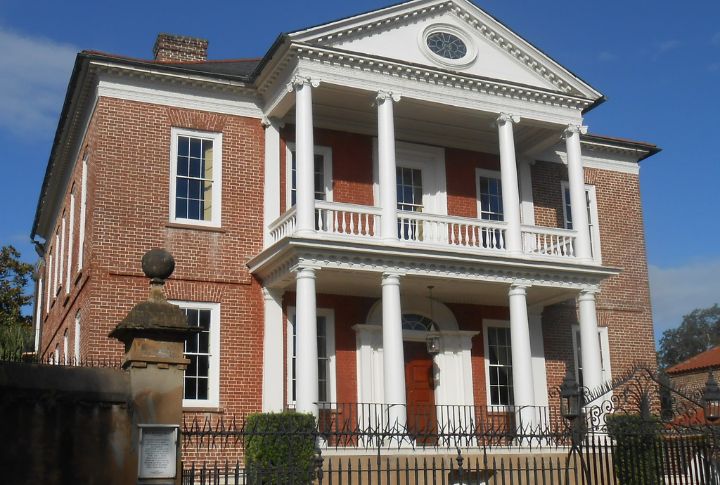
Picture 1769 Charleston, where wealth flowed like sweet tea and grand estates rose to match. This Georgian-Palladian gem wasn’t just fancy; it was a statement. Hand-carved mahogany and perfect symmetry screamed power. British troops even crashed here during the Revolution, but now, it is a time capsule of aristocratic splendor.
Nathaniel Russell House
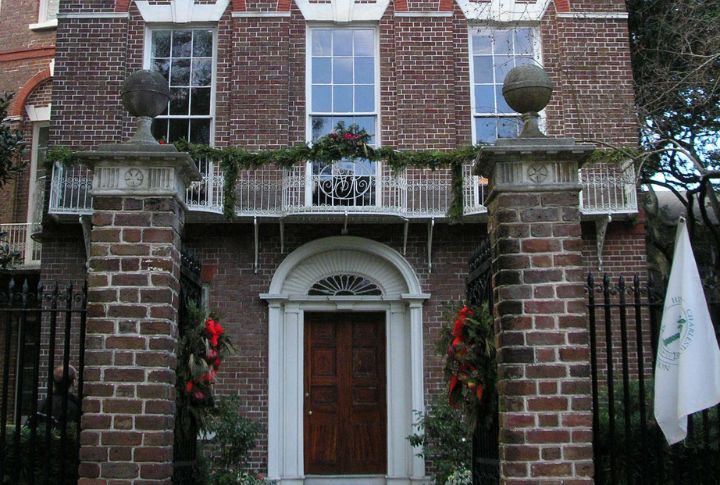
Step inside and prepare to have your mind blown; this 1808 mansion has a floating spiral staircase that seems to defy gravity. Nathaniel Russell, a wealthy merchant, spared no expense, decking out his home with gilded accents and bold blue walls. Each room feels like a love letter to Charleston’s lavish past.
Aiken-Rhett House
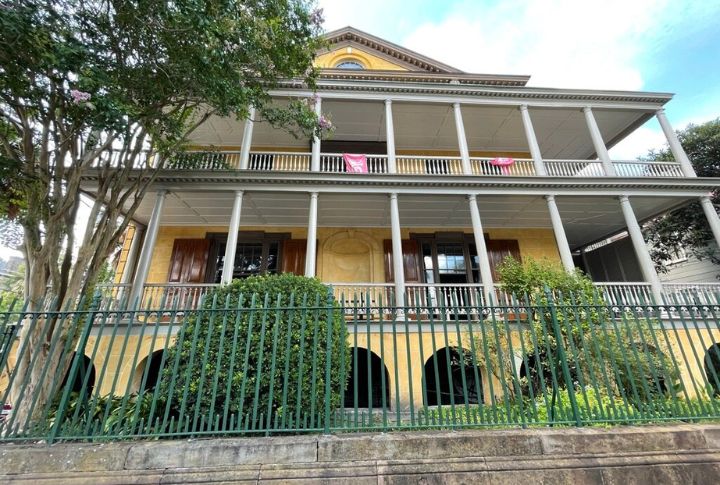
Have you ever wondered what a time machine might look like? Enter 1820 Charleston, where chandeliers still glow over faded wallpaper and grand parlors stand untouched. Unlike polished restorations, every detail remains frozen, from lavish salons to the stark reality of preserved slave quarters and detached kitchens.
Heyward-Washington House
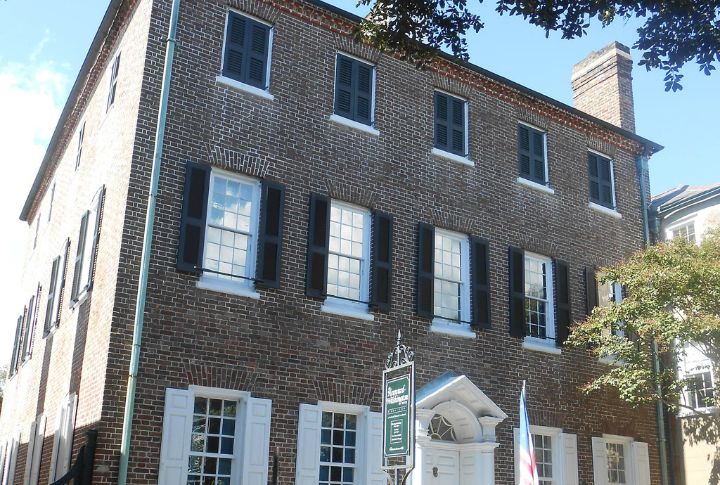
George Washington slept here in 1791, but the story of this Georgian brick mansion runs deeper. Built in 1772 for Thomas Heyward Jr., a Declaration of Independence signer, the mansion became the city’s first historic home museum. Wander through the formal gardens and kitchen house to glimpse 18th-century daily life.
Edmondston-Alston House
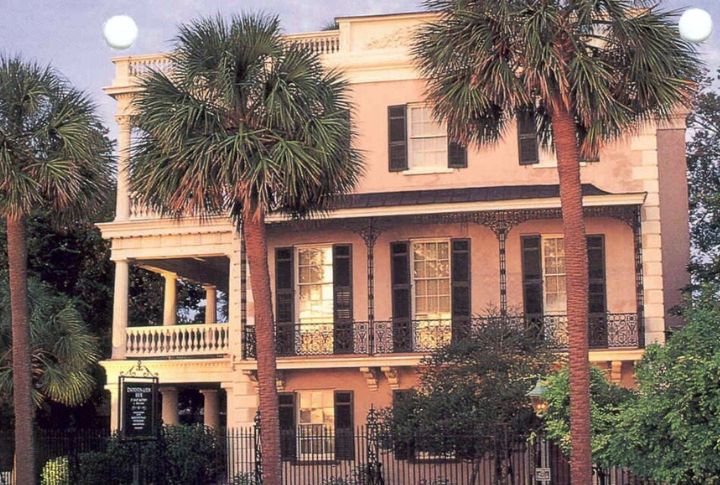
Perched along Charleston Harbor, the Greek Revival mansion blends elegance with history. In 1861, General P.G.T. Beauregard stood on its piazza, watching the bombardment of Fort Sumter unfold. With towering columns and intricate plasterwork, every detail tells a story of Southern wealth, power, and wartime intrigue.
Charleston’s stately mansions have set the bar high, but Savannah isn’t one to be outdone. Just a few hours away, another collection of architectural marvels and timeless elegance calls.
Owens-Thomas House
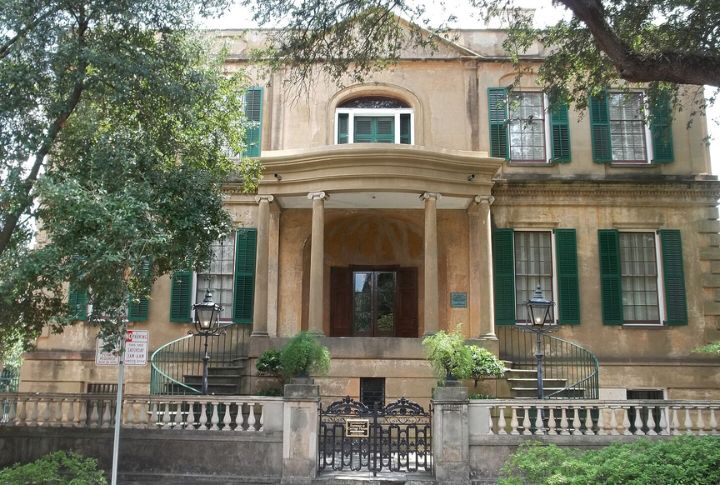
Luxury and labor intertwined within this 1819 Savannah masterpiece, where indoor plumbing flowed decades before the White House caught up. A curved double staircase sweeps through the grand halls, while intricate Regency-style moldings showcase European influence. Yet, its preserved urban slave quarters reveal the stark contrast of those who built and maintained this elegance.
Juliette Gordon Low Birthplace
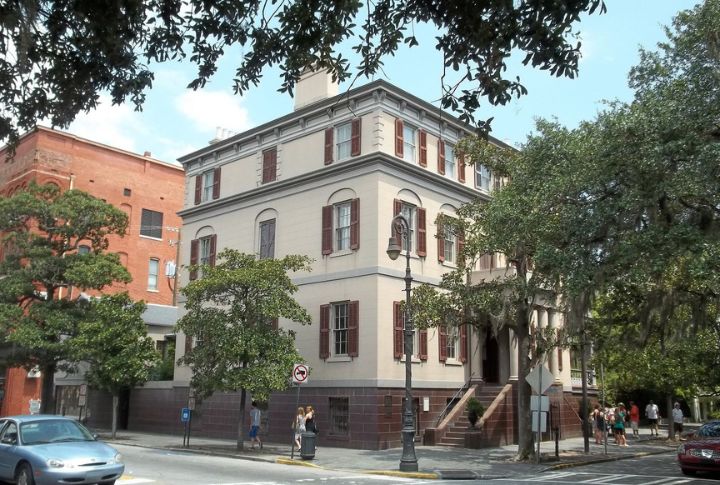
Did you know the Girl Scouts’ story began in this house? Built in 1821, this Regency-style mansion showcases ornate iron railings and hand-painted Italian frescoes, all reflecting Juliette Gordon Low’s artistic spirit. Personal artifacts and grand drawing rooms offer a glimpse into the early influences of a true pioneer.
Green-Meldrim House
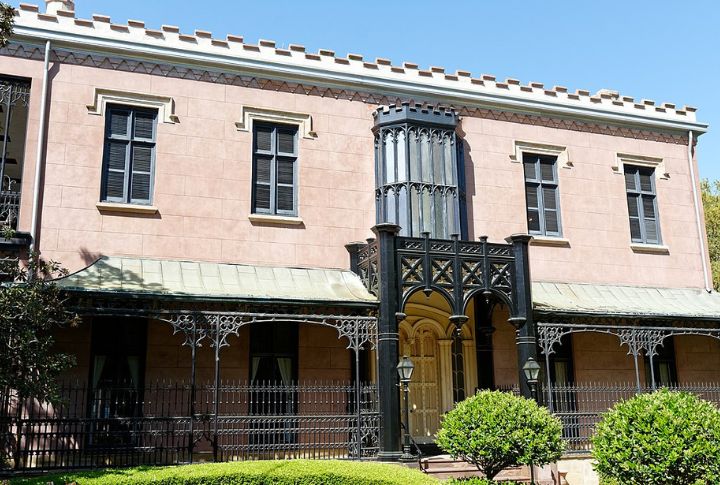
Every inch holds a story of power and a city that dodged destruction. In 1853, the Gothic Revival met a military takeover when General Sherman made himself at home, turning this mansion into his war room. Towering mirrors, ornate woodwork, and sweeping balconies still reflect Savannah’s brush with history—minus the cannon fire.
Davenport House
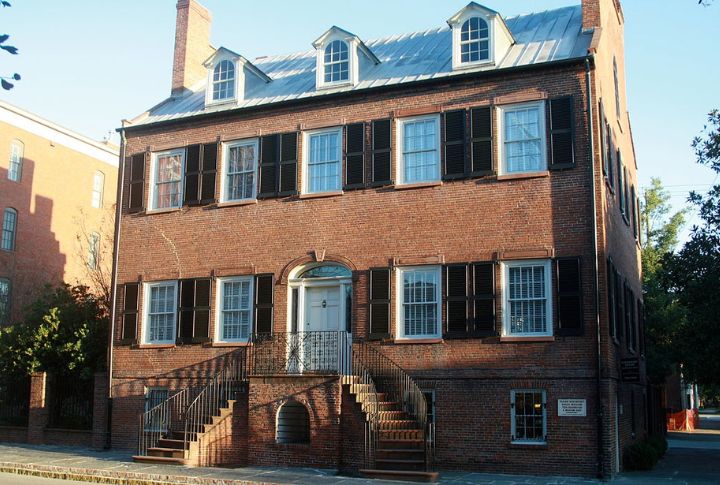
Nearly lost to the wrecking ball in 1955, the 1820 Davenport House became the spark that saved Savannah’s historic district. Twelve-foot ceilings, delicate plasterwork, and a grand fanlight entrance showcase early 19th-century elegance. Without its rescue, who knows how much history would have disappeared?
Sorrel-Weed House
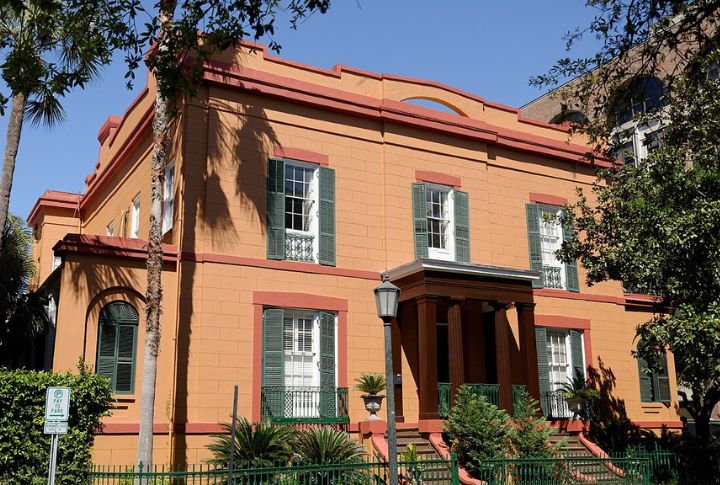
Greek Revival grandeur meets paranormal intrigue in this 1840 mansion. Massive columns and Regency-style moldings whisper of aristocratic wealth, but tragic tales linger in its shadowed halls. Visitors report unexplained footsteps and chilling voices, which adds mystery to its architectural splendor. History never fades; it just finds new ways to be heard.
